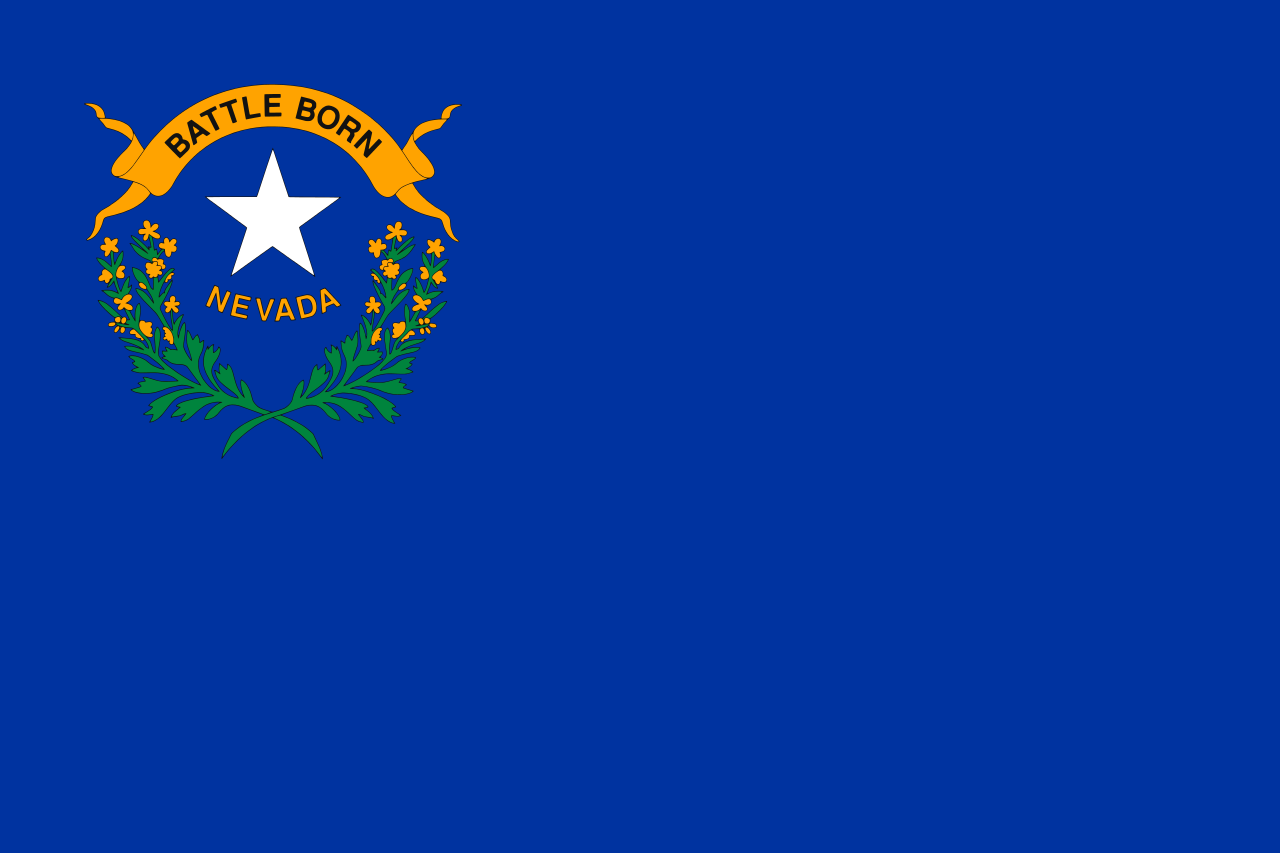On Sunday October 17th, Nevada’s Governor Sisolak was involved in a car accident in Las Vegas. While no one was seriously hurt, the governor and the driver of the other car were treated for minor injuries. The crash occurred at an intersection a few miles west of the Las Vegas Strip, and Sisolak was cited for failure to yield to oncoming traffic. The other vehicle was also cited for speeding. The governor’s vehicle spun into nearby landscaping while the other vehicle spun and hit a traffic pole, knocking it over.
While the Governor was fortunate, this incident is a reminder to Nevadans that regardless of who we are, traffic safety needs to come first when we are on the road. As fatal accidents increase in the state, it is vital that Nevadans reduce their speeds and abide by the posted traffic signals. It is also important to reduce distractions by putting your phone away and keeping your focus on the road as much as possible. Here are some other basic traffic practices to follow:
- Wear your Seatbelt: As simple as this may sound, wearing a restraint in a moving vehicle reduces the chance of death by forty percent. Nevada is one of the states with the lowest seatbelt usage which is an issue that Nevada Legislators are trying to change.
- Stay Calm: With the Holiday season quickly approaching, traffic continues to increase. Showing your frustration in high traffic will do nothing for yourself and others. Instead of stressing yourself in a rush, try planning for traffic and leaving for your destination early.
- Avoid Multitasking while Driving: As mentioned earlier, driving while on your phone is illegal in Nevada. However, distracted driving can entail a lot of other things including eating, putting your makeup on, taking care of children, etc. Keeping your eyes on the road is vital, and an accident can happen in just a matter of seconds.
- Follow the Speed Limit: Excess speed is cited as the cause of over thirty percent of fatal accidents in the United States. Driving over the posted speed limit won’t necessarily get you to your destination on time; however, driving just 10 mph over the speed limit increases your chance of getting into an accident by over fifty percent.
- Be on the Lookout for Bad Weather: As we near November and winter, it is likely that Nevadans will experience some form of winter weather. Driving in snow or rain increases the chance of accidents. If possible, avoid driving in these conditions but, if necessary, drive slowly, and ensure your car is properly equipped (snow tires, chains, etc.). If driving long-distances in the winter, it is also smart to keep a survival kit with a shovel, blankets, and cat litter in case you are stranded in snow.
Improving Las Vegas Roads with Technology
Earlier this year, Southern Nevada’s Regional Transmit Commission (RTC) authorized work zones throughout the city of Las Vegas. While maintaining and building Nevada’s infrastructure is important, the RTC must also worry about the safety as well as other repercussions work zones may have on traffic. In the past, RTC has utilized fixed cameras and traffic sensors. However, most recently RTC has teamed up with NEXAR, a company that works with dash-cam technology, to use their CityStream Platform. This platform will give real-time footage of Las Vegas’s traffic patterns, changes in road signs, road quality, and work zone patterns. RTC hopes that this real-time data will be more accurate and pinpoint troubling traffic zones within the city.
New Traffic Signals on U.S. 50
In addition to highway technology installation in Southern Nevada, The Nevada Department of Transportation is working on increasing the number of traffic signals on the Alternate Highway 50 in Nevada. Traffic entering this highway is anticipated to increase more than 150 percent within the next fifteen years, and officials hope that these new signals can counteract this increase and cut down vehicle crashes by as much as forty percent. The primary way NDOT hopes to combat increased traffic is by adding additional turn opportunities between the highway and side streets. They also plan to add four-way signals and eventually accommodate a connecting road between US 50 and I-80.
Motorists traveling on US 50 should be on the lookout for construction, especially when driving at night. NDOT advises Nevadans to drive slowly and yield to traffic guidance from workers and road signs/postings. As in any work zone, reduce your speeds and stay alert for any machinery, workers, construction vehicles, or any other obstructions or closures in your path. [3]
[2] https://www.nevadaappeal.com/news/2021/oct/13/installation-begins-new-traffic-signals-alternate-/


